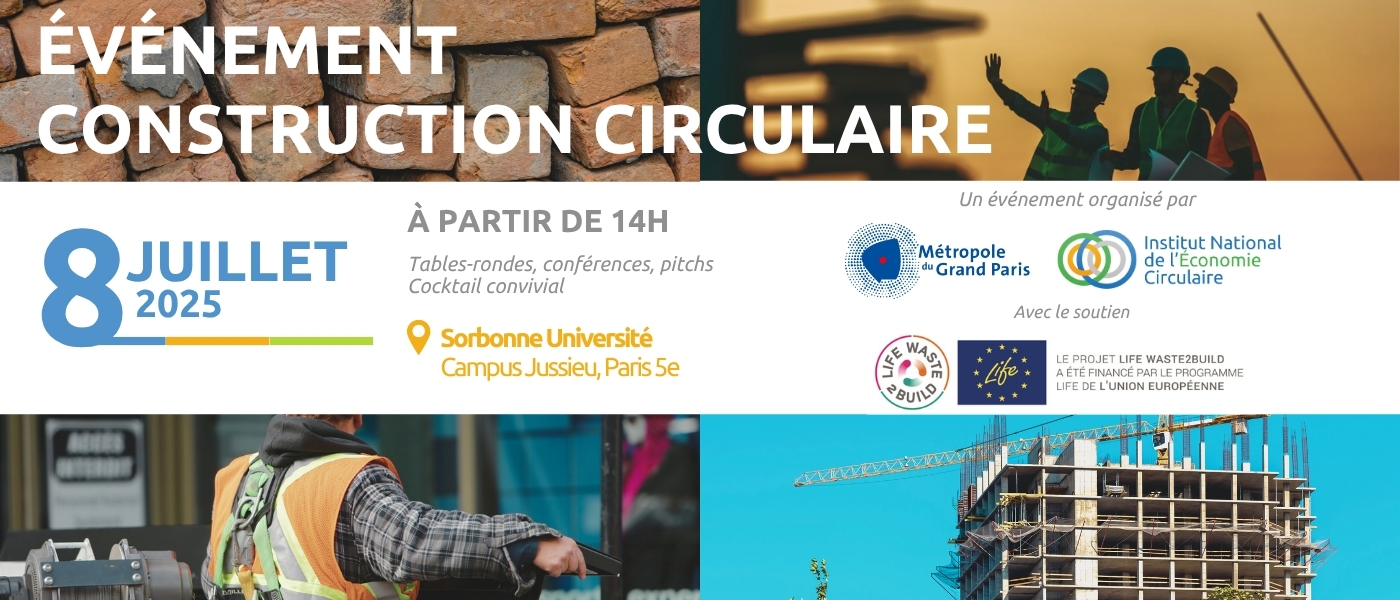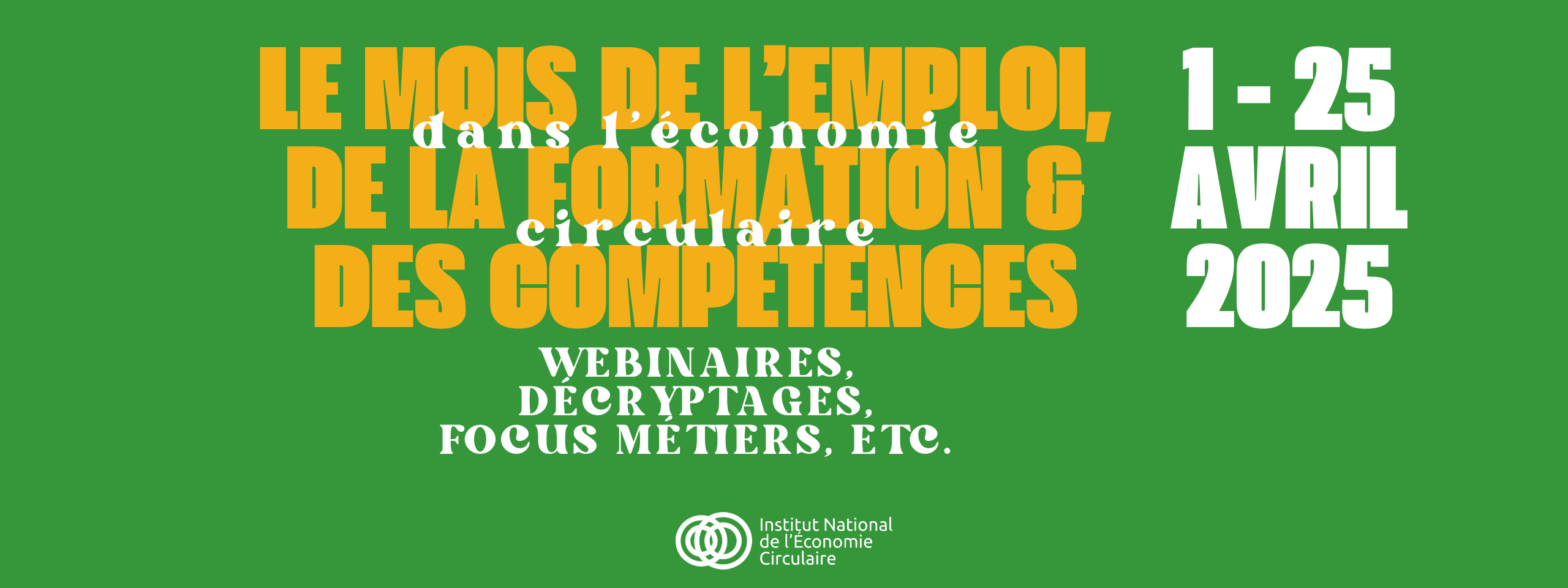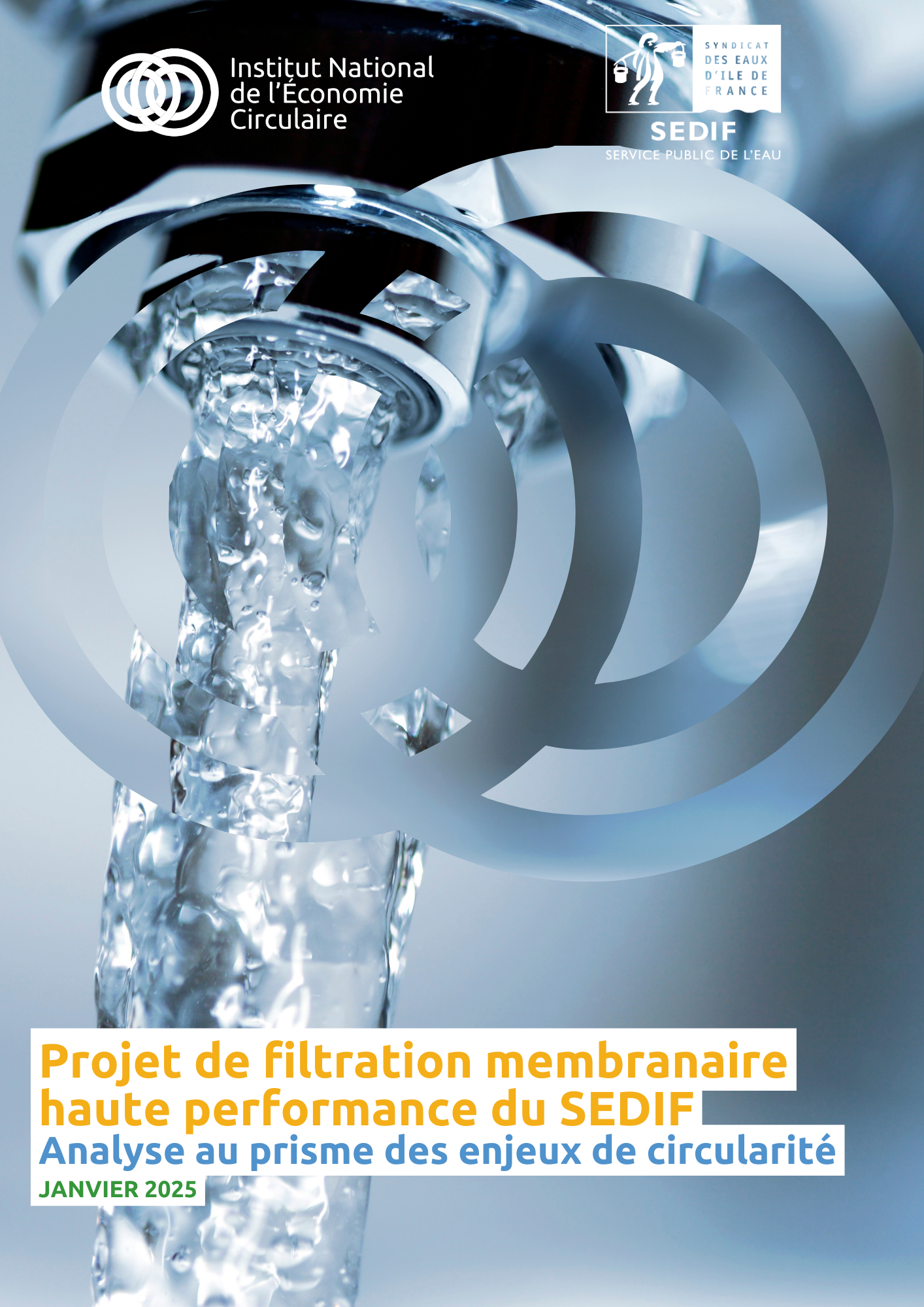The INEC attended a working group on the Innovation fund in December the 3rd. This was an opportunity to present this new European fund.
Mr. Christian Holzleitner, Head of Unit Finance for Innovation at the DG for Climate Action presented the European Commission’s strategic long-term vision for a prosperous, modern, competitive and climate-neutral economy by 2050 – the Communication “A Clean Planet for All”.
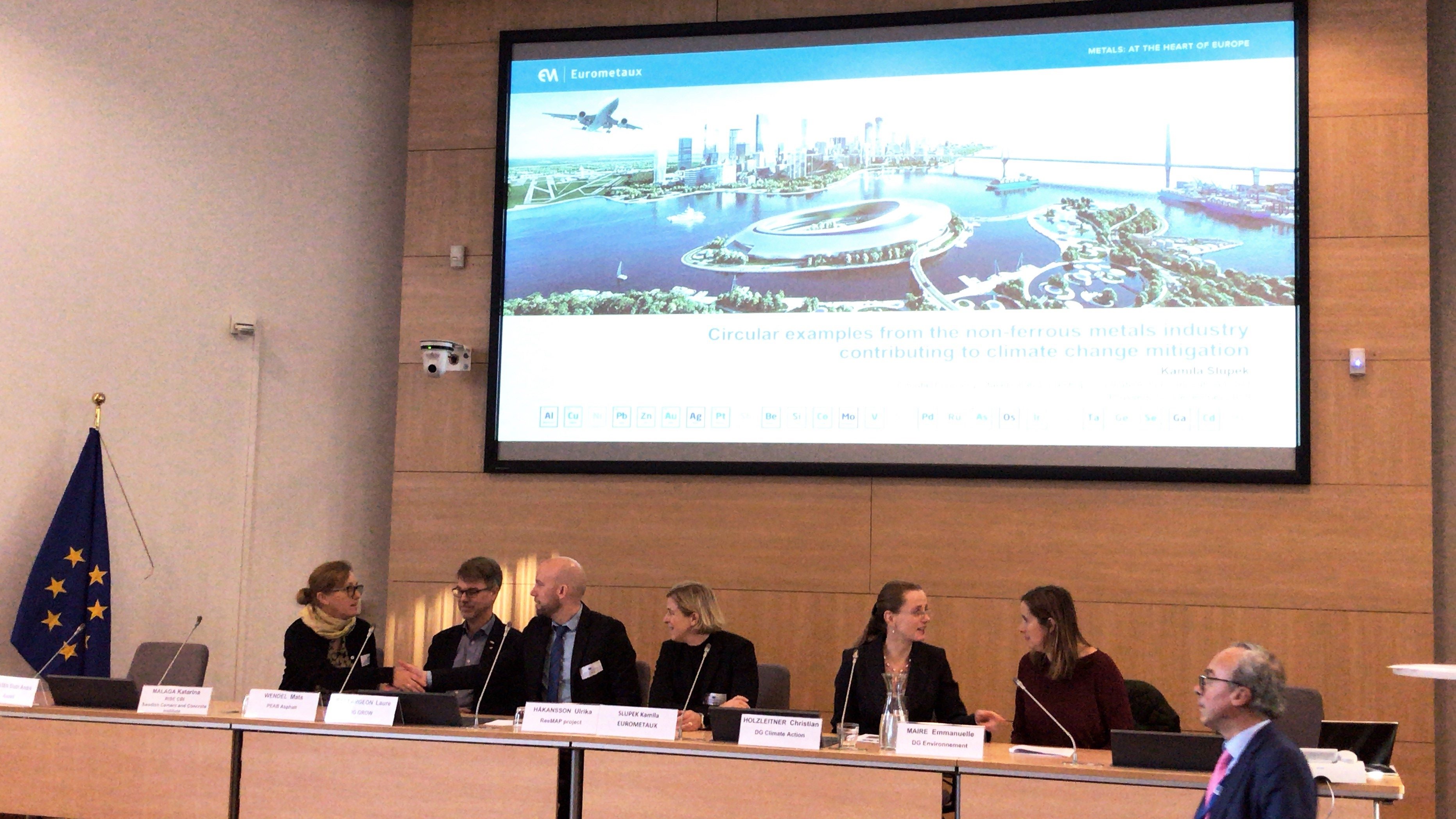
It is structured around seven building blocks:
1- Energy efficiency
2- Renewable energy
3- Mobility
4- Industry and the Circular Economy
5- Infrastructure and Interconnections
6- Bioeconomy and carbon sinks
7- Carbon capture and storage (CCS)
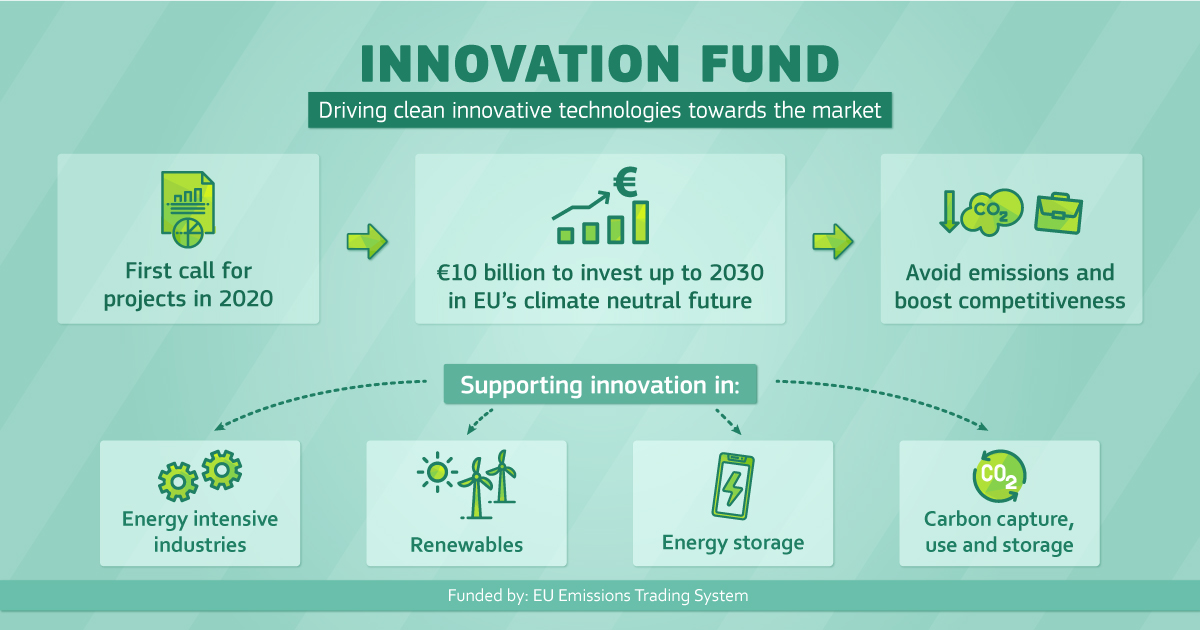 The Innovation Fund is very focused on industry. However, it raises the question of trade-offs
The Innovation Fund is very focused on industry. However, it raises the question of trade-offs
between bioeconomy and carbon sinks. We need to produce more from nature, but we also
need to increase carbon sinks. This creates competition over land – a sector that is already
affected by climate change – as we see in agriculture, where efficiency decreases. He is very
optimistic about CCS, notably with Norway and the Netherlands exploring possibilities to use
depleted oil and gas fields for storage sites for CO2 from various countries around the North
Sea.
Mr. Holzleitner explained that the Commission’s vision includes a scenario focused on
“changing behaviours”, making these consistent with WHO recommendations. This leads to
massive GHG emissions reduction in agriculture, especially livestock, which liberates land for afforestation and reforestation and more biodiversity. Then, less technological CCS would be
needed.
In any case, the Innovation Fund is about technologies: renewable energy; hydrogen, carbon
capture, use and storage; energy-intensive industry (including substitute products or
processes); and energy storage. The goal is to drive low-carbon technologies to market, and sector-coupling is very much welcome.
He explained the differences and complementarities with other EU instruments (Horizon
Europe, LIFE, Cohesion Funds…), the selection criteria (GHG avoidance, degree of
innovation, project maturity, scalability and cost-efficiency) and procedure (two-stages).
The aim is to publish the first call in June 2020. This would allow adopting award
decisions for the grants in 2021.



